Highs and lows on the Murray River
As a new houseboat cruises Australia’s longest waterway, guests get a taste of the deluge to come.

When we gather around Tony Sharley for the Murray River Safari introductory briefing, a bird alights on a tree just above. Looking down, head tilted as if hanging on his every word, it chirps occasionally in apparent agreement. What feels like another good omen soon appears – a duck closely followed by 20 fluffy offspring.
Such a big brood indicates exceptional breeding conditions, Sharley tells his 10-strong human audience gathered in a riverside park near Renmark in South Australia, ready to embark on a three-day houseboat safari. There has been good rain for months, so fauna and flora are thriving along this stretch of the Murray.
He explains that this phenomenon, called high river, is essential for red gums. They enjoyed such overflows every year or two before human interventions such as locks, weirs and irrigation reduced that to about three years in 10. When his eco-tourism business, Murray River Trails, launched its latest houseboat last year, Sharley named it High River, after the life-giving process.
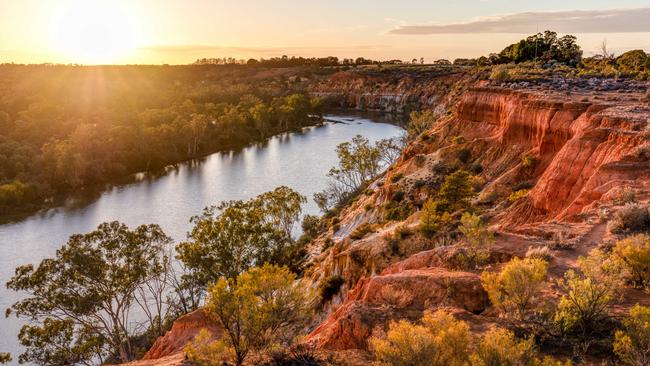
The name has a certain poignancy given that within weeks of our tour, there will be even more water. A slow-moving flood dominating headlines in the eastern states will make its way here, inundating the landscape, with devastating effect on some communities. When the operator’s sailing season resumed this month, river communities were still counting the cost of the deluge.
But in October, we are keen to begin our voyage. The safari is among the houseboat-based adventures offered by Murray River Trails on the Riverland region’s 30,615ha wetland. This area of creeks, lakes, lagoons, billabongs, swamps, islands and the river itself is recognised by the Ramsar Convention as an environment of international importance.
It’s a birdwatchers’ paradise, especially now. From the moment we step from park to pontoon cruiser – a small boat with lounge seating that hints at the awaiting houseboat comforts – Sharley points out birds, including darters, whistling kites and ibis noticeably whiter than their Sydney bin-chicken cousins. In twos and threes, aptly named welcome swallows weave through the air beside and ahead of the cruiser.
The name has a certain poignancy given that within weeks of our tour, a slow-moving flood dominating headlines in the eastern states will make its way here, inundating the landscape
Over the coming days, our eagle-eyed guide will spot and identify many bird species, which number about 180 in the wetland. Sharley’s knowledge of this environment is as deep and broad as the river itself – which is broad indeed, with water overflowing the banks.
Just in time for lunch on that first day, we board the custom-built, solar-powered floating home that is, at 24m, the longest houseboat on the Murray and unusual because its six double cabins have ensuite bathrooms. The showers not only offer good heat and pressure but windows ideally placed for modesty and views of the wildly eroded, fiery-hued cliffs of layered sand that represent eons of natural history. The vista is even better from High River’s large living area, which is wrapped in glass, and the sheltered upper deck.

In the early afternoon, we take to the cruiser again and land on one of the islands formed by meandering creeks. Sharley sets up a spotting scope on a tripod for close observation of grazing emus and lazy kangaroos, including one lounging in a meadow of magenta pigface flowers, as if posed for a portrait artist.
Back on the water, our guide points out more birds and also a circle tree marking a place of significance for Aboriginal people. Sharley, who has learnt from local elders and received permission to share certain knowledge, explains that two young branches of this tree were bound together about 200 years ago. They gradually fused to form the round window-like space we now look through – something our untrained eyes would have missed.
Following a walk along the cliffs, dinner is served aboard High River, accompanied by excellent local wine. The safari’s food is integral to its nature-meets-indulgence approach. The menus, designed by a chef and prepared by Sharley and his offsider, celebrate regional produce such as Murray cod (a threatened species in the wild, so farmed in this case), and Creative Native products such as dukkah and chutney.
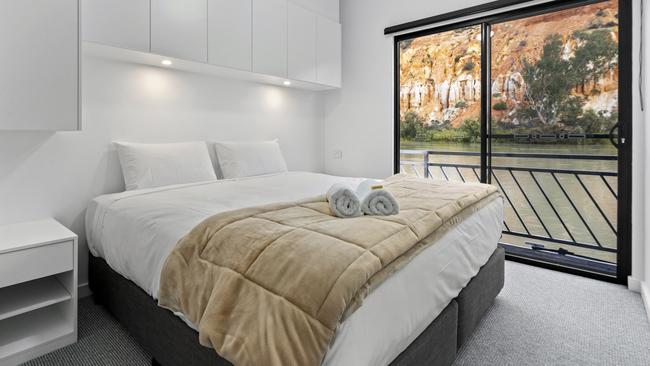
The day’s final highlight is an after-dark jaunt in the cruiser. By spotlight we see possums and nesting spoonbills in overhanging branches, but the magic really happens in the near darkness of starlight, especially when we simply drift with the current. Gently splashing water accompanies a chorus of four frog species, and the scent of citrus blossom from irrigated orchards beyond riverbank bushland fills the air.
The next morning the group wakes to birdsong and devours a generous hot breakfast, then gathers for the second day’s more detailed briefing. Several easily understood diagrams and maps are part of this lesson about the river, region and Murray-Darling Basin. We learn that in former times 90 per cent of the Murray’s water reached the sea; that has been reduced to only 10 per cent.
My knowledge of the Murray-Darling Basin to date has been garnered mostly from news items about water rights. Now I realise it’s a vast ecosystem covering most of NSW, about half of Victoria and chunks of South Australia and Queensland. Its many rivers, including six of Australia’s seven longest, flow inland from the Great Dividing Range.

The main focus for today is two ephemeral lakes in the semi-arid outer flood plain (later revitalised by the 2022/23 flood). We take the cruiser to a property, then board a van. Abundant birdlife includes ducks, pelicans, black swans, budgerigars, brilliantly coloured bee-eaters and a kingfisher with vivid blue wings. I’m starting to understand why the twitchers in our group are so excited.
Back in the cruiser, we explore a creek normally too shallow to navigate where gnarly, motley-barked redgums rise in crooked majesty out of water scattered with dappled light filtering through the canopy. Pre-dinner drinks are taken as we glide by the cliffs. Later, from the jacuzzi on High River’s upper deck, I watch the sunset as birdsong gives way to the frogs’ chorus.
The following day’s farewell lunch takes place as High River heads back towards Renmark. In a departure from the usual itinerary, which usually includes two nights upriver from the town, the vessel has been stationary until now. After all the rain, overflow conditions have rendered the spots where it can dock along the bank inaccessible. I take a moment out of the lively conversation to admire a willy wagtail hopping along the railing and across the deck. It seems to approve of our way of enjoying the good life on the mighty Murray.

In the know
Murray River Trails’ Murray River Safari is offered March-April and October-November, from $2300 a person, twin-share. In all conditions, passengers are transferred by cruiser from and to Renmark. Vehicles are left in a secure carpark during the tour. Other options include Safari to River’s End (from $3800) departing on limited dates during these periods, and Murray River Walk (from $2800), which is also houseboat-based, May-September.
Patricia Maunder was a guest of Murray River Trails.

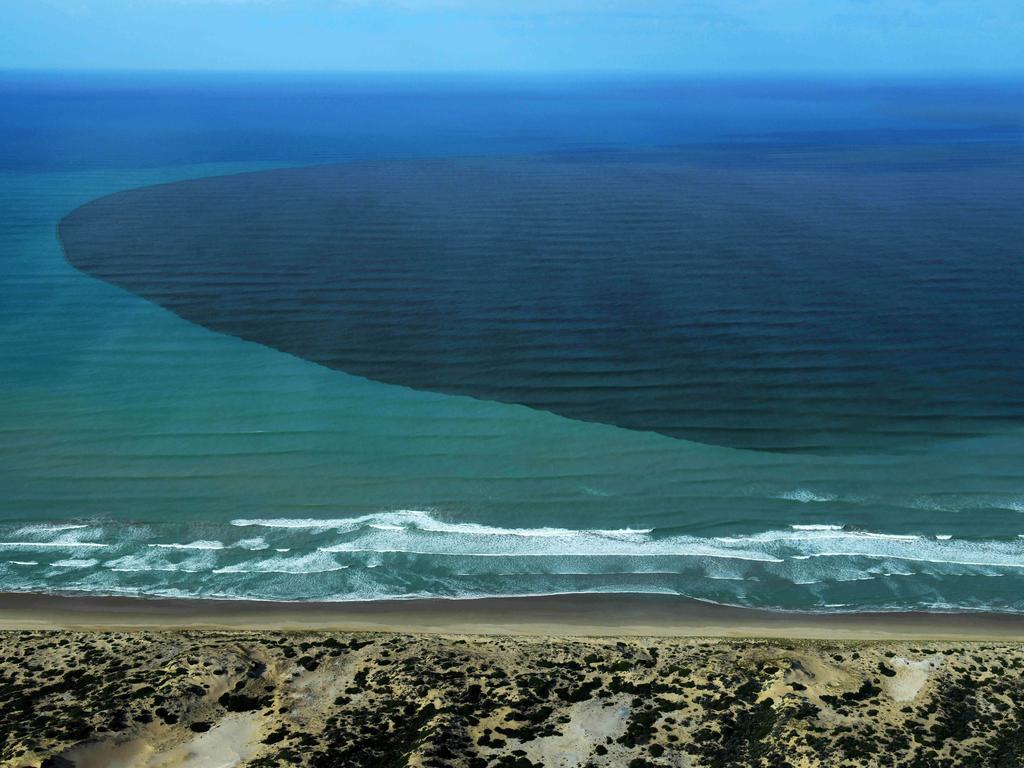

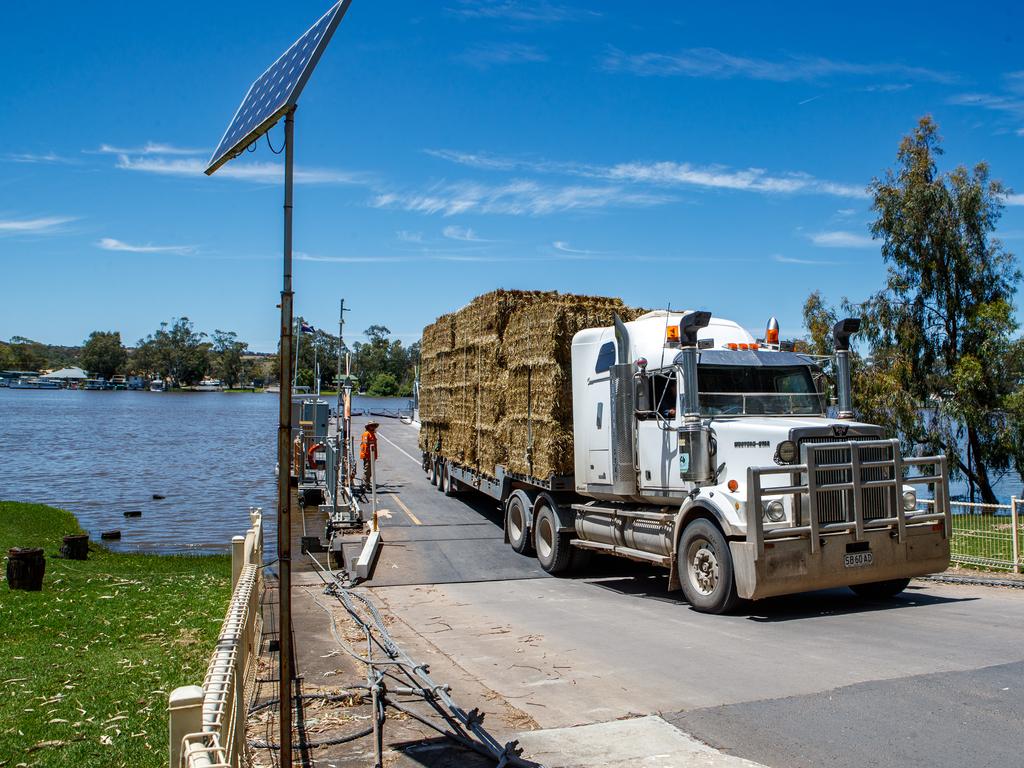
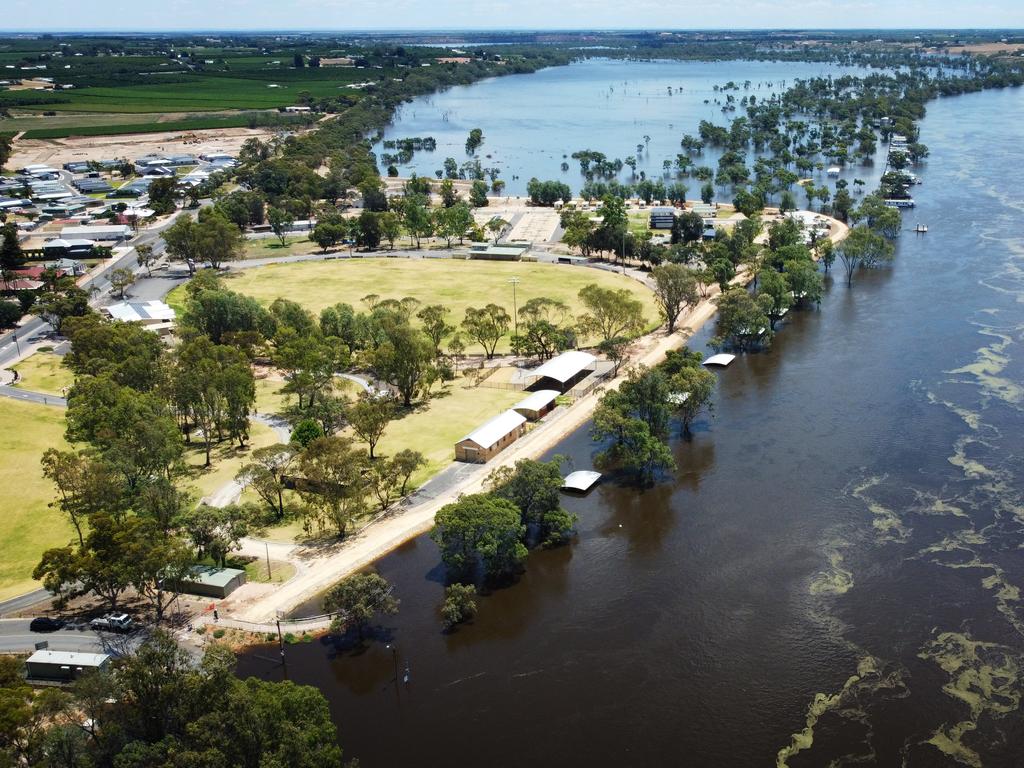
To join the conversation, please log in. Don't have an account? Register
Join the conversation, you are commenting as Logout